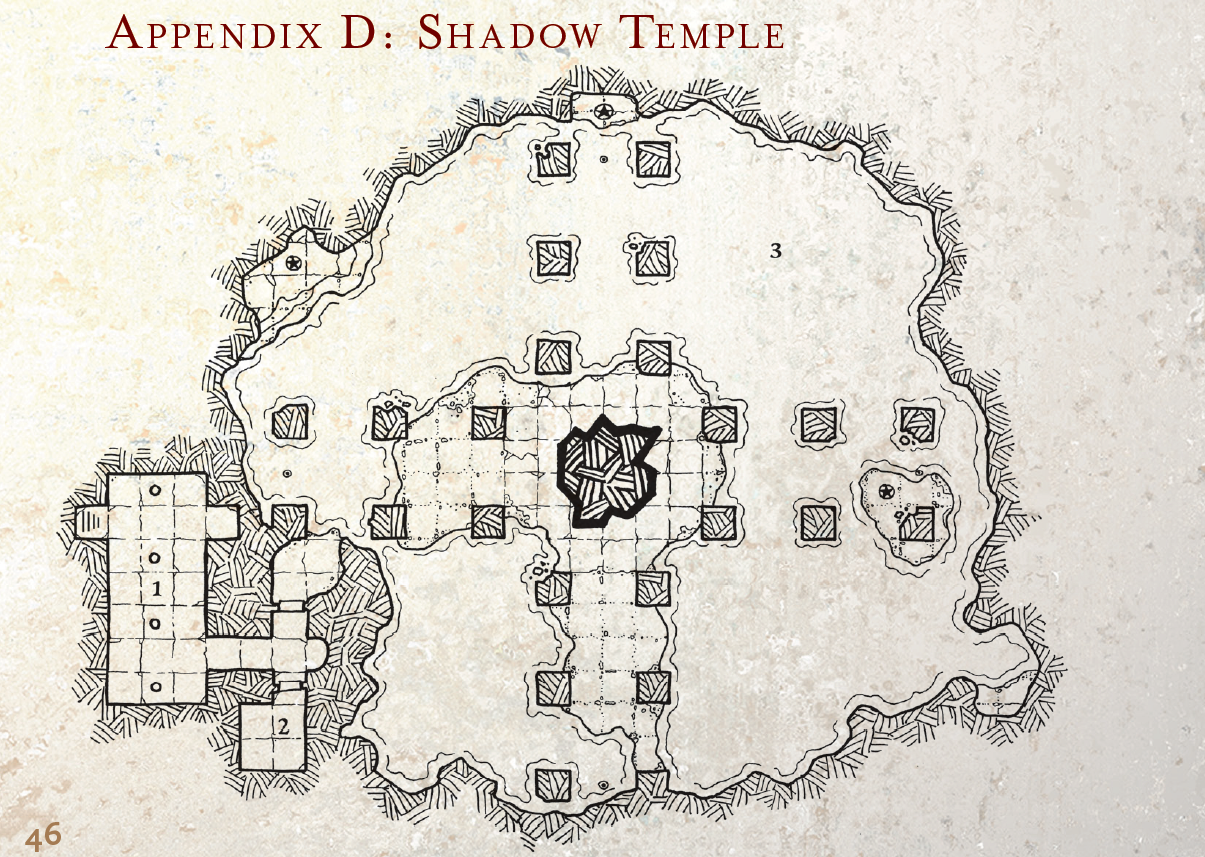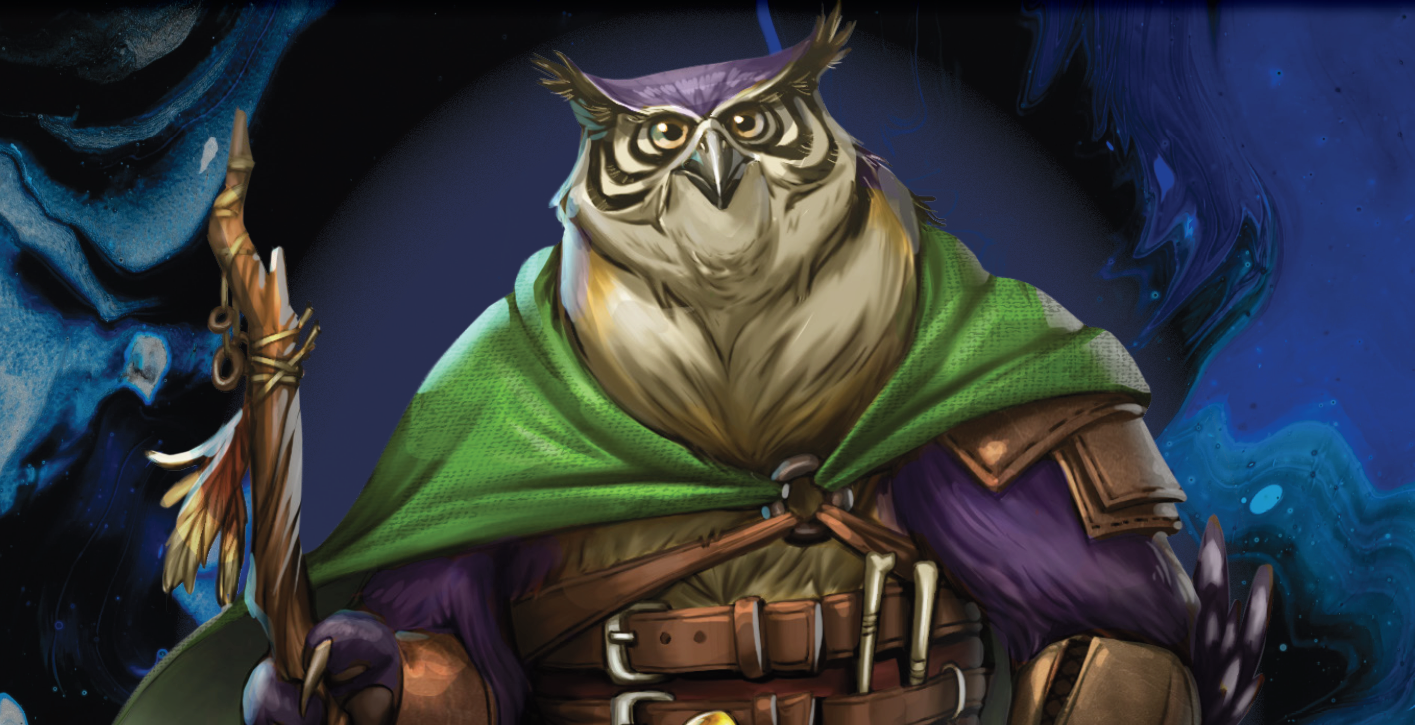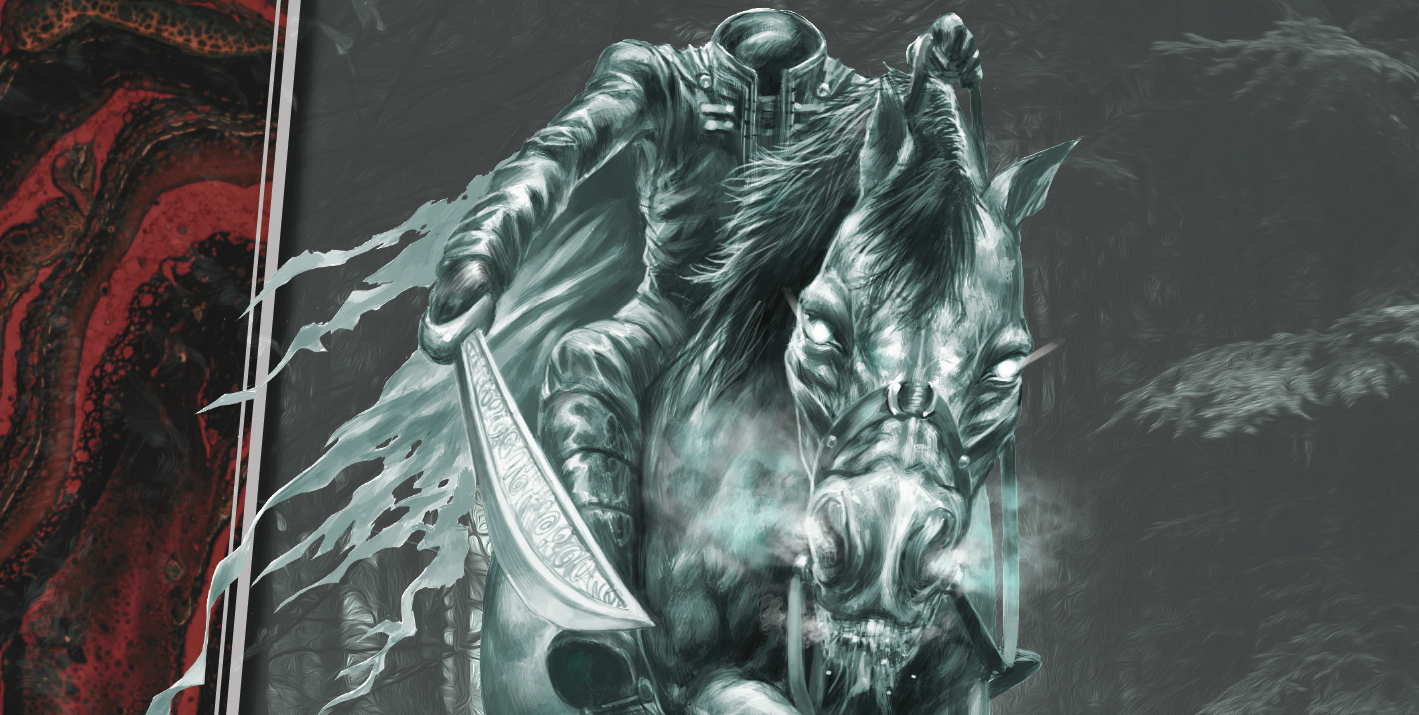Today we bring to you the review of Ancestry & Culture, a bundle of accessory modules for D&D5e published by Arcanist Press. First of all we thank Eugene Marshall, the author, for providing us with a digital copy of the various manuals that make up the bundle. You can find them on Drivethrurpg at a price of $ 22.20, just under 20€.
The bundle contains Ancestry & Culture: An Alternative to Race in 5e, the first manual in the series. This is followed by the two thematic manuals Artic Ancestries, Cultures & More and Gothic Ancestries & Cultures. Together with Custom Ancestries & Cultures, More Ancestries & Cultures, the bundle is completed with character sheets and some pre-generated characters according to the rules contained in the manuals.
Obviously these are manuals that can also be purchased individually. In total we are talking about 243 pages of material. The value for money is decidedly high, especially considering that Ancestry & Culture: An Alternative to Race in 5e got the second place at the Ennies Awards 2021, in the Categories Best Electronic Book and Best Supplement. Whereas the rivals were the likes of Brancalonia and MÖRK BORG: Feretory, we are talking about a silver that is worth as much as a gold.

Ancestry & Culture Bundle Review: The Ancestry
Fundamental premise Ancestry & Culture is, as the name suggests, the elimination of “race” from the game as a character option. To replace it with “ancestry”, the lineage. The nuance becomes subtle, but according to Marshall substantial.
First of all, the term race historically lends itself to being bent to dangerous interpretations. From race to racism is a short step. And although in some countries the perception of this problem may be different, focusing on language is always a fundamental starting point. The power of words is that of ideas, and we who play with words know it well. After all, this is certainly not the first game that replaces “race” with “ancestry”.
Unfortunately, the reasoning is weakened in an attempt to go a step further, arguing that since the term “race” does not apply to human ethnicities (true) it is unscientific (false, it is only used improperly), and therefore is not suitable for humanoid fantastic creatures. A logical forcing. Yet it would have been enough to simply specify that the term “race” is not appropriate, because it was thought to indicate animal species domesticated, and of no value when used to support a dangerous social construct.

Nature versus Nurture
The second cornerstone of Ancestry & Culture is the classic division between nature and culture. In a nutshell: why should a dwarf who grew up among the elves excel in stoneworking? The classic “racial” bonuses are therefore divided into two: those of lineage and those of culture. If the former are linked to biology the character’s, the latter are linked to the context in which he grew up. An excellent idea that solves an age-old problem, and allows you to intelligently expand the personalization of your character.
Unfortunately, even in this case, some forcing weaken an otherwise very solid idea. Marshall cites award-winning writer NK Jemisin, who argues that orcs are dehumanized humans, to feed the narrative with opponents who can be killed lightly. Certainly an interesting thought, which however Ancestry & Culture deviates in a literal meaning: since orcs have this narrative function, they are like humans. So all bloodlines are mechanically human.

We All Are Different and It’s Good
The consequence of this reasoning is the zeroing of the racial characteristic modifiers, which become cultural. The environment in which an ogre grew up will make him stronger because it pushes him to train, the one in which a gnome grew up will push him to study and so on. If the literal interpretation of a thought that was far more sophisticated appears to be a flawed premise, the consequence is consistently so too. Racial modifiers (in this case, of lineage) should be all things equal, tied to the character’s physiology. The way he/she was raised is already reflected in the character building.
This dichotomy between nature and culture is thus trivialized. Enhancing diversity in this way, on the other hand, ends up impoverishing its richness. And the optional rule that allows you to create your own ad hoc culture ends up becoming just an optimization tool. Even in this case an excellent intuition is diminished and the commendable basic reasoning made only weaker. Moreover, it is difficult to make ends meet with an approach to D&D5e that already starts with more maturity on the subject of diversity.

Review of the Ancestry & Culture Bundle Material
Beyond logical forcing to reinforce ideas that absolutely didn’t need it, Ancestry & Culture is a bundle full of useful material. The five manuals are overflowing with inspiration and character options. Unfortunately, the quality of the illustrations is very fluctuating. Some are magnificent, others less; a couple not suitable for the level of the product. The graphic aspect, however, is very accurate, legible and with references to the style of D&D5e sufficient to make the reader always feel “at home”.

The Starting Point
Ancestry & Culture: An Alternative to Race in 5e is the module from which all the others were born. It contains much of the reasoning discussed above, and presents the foundations of the work. The manual then presents the bloodlines and cultures equivalent to the races of the Player’s Handbook of D&D5e. It also adds rules for blending two different bloodlines, extending the ability to create half-blood with all the ancestries, and for creating a custom culture.
The manual ends with two very short adventures, each one that can be solved in one session. Adventures in which the rules of Ancestry & Culture obviously apply. Honestly, given the topics covered and the reasons given, it would have been legitimate to expect something more. On the other hand, the issue of collaboration between lineages seems pointless; in particular in the first adventure, Light of Unity, it becomes only an aesthetic connotation. You can see it better in Helping Hands, but insights remain in the average, definitely not in line with the standards of the manual.

Ancestry & Culture Bundle Review: Glacial Creatures and Nightmares
Gothic Ancestries & Cultures and Artic Ancestries, Cultures & More are perhaps the most interesting products. Following the rules presented in the main manual, these two modules propose a series of lineages and related thematic cultures. Obviously in the first case the reference is to creatures typical of gothic folklore and classic tales of terror. In the second, however, we are dealing with lineages suitable for thriving in glacial environments.
In addition to the mechanics of lineage and culture, these two modules also feature magical items and dedicated equipment, as well themed monstrous creatures. Of particular note is the Eldritch Thing, present in both volumes, a clear homage to The Thing made famous on the big screen by John Carpenter. In Artic Ancestries, Cultures & More there is also a breviary of specific rules for environments with extremely cold temperatures.
If you really want to find fault with these two manuals, it is the little in-depth study of the background. The cultures proposed in Ancestry & Culture: An Alternative to Race in 5e, strengthened Player Handbook by D&D5e, do not need particular descriptions. Having a few more lines on those proposed in these two added modules is not essential, but it would have been pleasant.

So Many Options
Completing the bundle we have More Ancestries & Cultures and Custom Ancestries & Cultures. Where the other manuals in the bundle focus on quality, here the keyword is quantity. The other manuals, added together, present 36 different lineages and related cultures. More ancestries & Cultures they reported 44, Custom & Cultures ancestries than 62.
It should be noted that a few bloodlines of these two manuals are repeated also in their Gothic and Arctic counterparts. And certainly others are decidedly more sloppy: in many cases, they are simply anthropomorphic animals, in some cases even repeated with some changes.
Of the two, Custom Ancestries & Cultures is the one with the greatest attraction, also because the various lineages and related cultures have often been “requested” by the backers of the project, making up for a natural inventive crisis in the long run. Particularly interesting are the Couatl Folk and the Re-forged; more than for the design, for the process that led the author to deal with creatures extrapolated from specific cultures or with victims of disabilities. In order to avoid cultural appropriations and inconsistencies, Marshall in fact confronted himself directly with those who had direct experiences.

Conclusion of the Ancestry & Culture Bundle Review
Wanting to draw some conclusions, the Ancestry & Culture bundle is certainly interesting. On the one hand, it offers reflections to which we can no longer pretend to be deaf, to which we are all called with increasing urgency. On the other hand, it provides dungeon masters and players with a truly remarkable number of resources and options. Difficult to browse through one of these manuals without finding something interesting, whether you are looking for customization options or ideas on which to build a character.
The manuals are far from flawless. The reflections are impoverished by some logical forcing passed for assumptions, and the design of not a few lineages has been lazy. This last factor is also negligible, given the amount of lineages and cultures developed. The artworks are very, very fickle, albeit with notable peaks. In general, at times it seems that the author wants the message to take over the content. Since it is not an essay, the risk of becoming didactic lurks on every page.
But in the end, what matters is that the material produced is really good. Dividing natural traits from cultural ones is a huge opportunity both from the point of view of mechanics and conceptually. A significant improvement that allows you to take the game to the next level.

